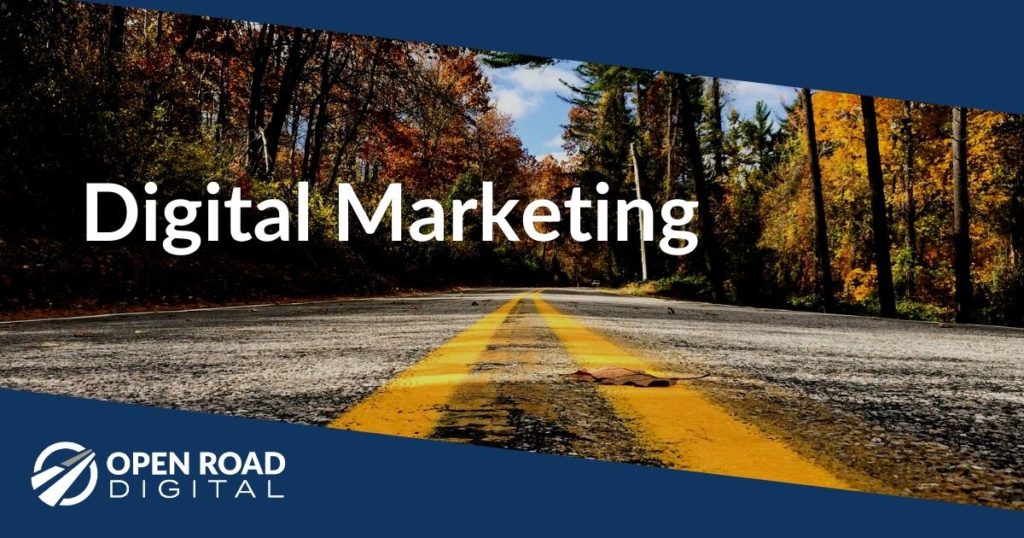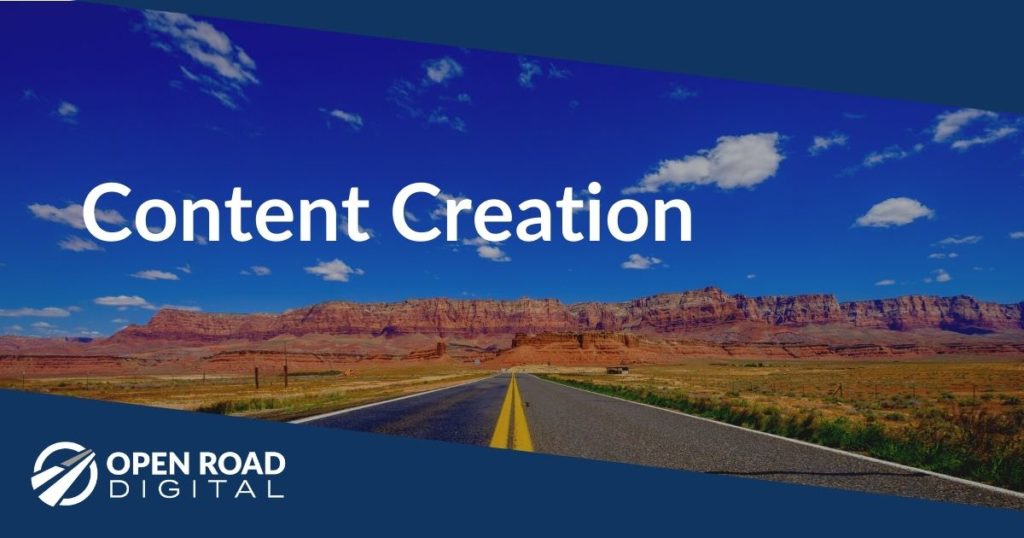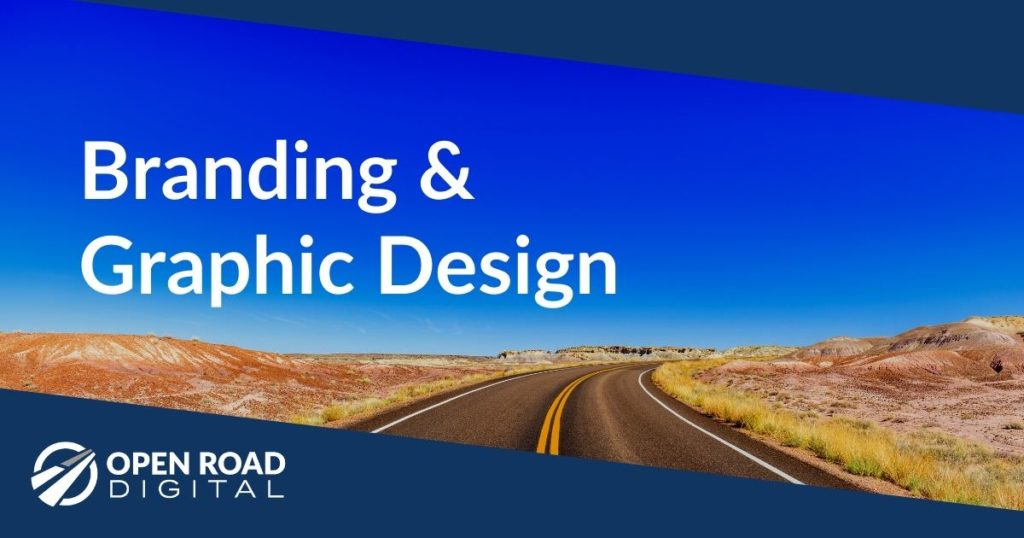The world of professional services marketing is not generally known for early adoption of cutting-edge marketing techniques.
As I see it, there is one underlying reason: Professional services practitioners (notably lawyers) exist largely as a safe haven for their clients. Their role is to help their clients reduce risk and navigate uncertainty in the turbulent seas of the business world.
So it’s not surprising that the culture of professional services businesses tends to approach the ever-changing world of “new” or “digital” marketing (including social media and mobile platforms) with some caution. For professions meant to provide stability to clients, tweeting, and commenting in an online mosh pit are not activities that come naturally.
Rather, marketers in the white-collar professions are far more likely to hear skepticism than excitement within their firms about using new digital marketing tools. We’ve all heard variations on this theme:
- “How many clients did you actually get out of that blog post?”
- “Who really pays attention to LinkedIn?”
- “I don’t want anyone I don’t know contacting me.”
- “I don’t know what a tweeter is and I don’t want to find out.”
The fact is, it is counterproductive to think of digital/social/mobile marketing efforts as something newfangled and scary. Though in many cases such tools are new and cutting-edge (note the meteoric rise of the use of Pinterest), the proper approach to them is to embrace the world of change and consider this embrace as completely normal. Why? Well, for example…
- 53% of in-house lawyers—the target market for law firms—are reading daily general business media on their smartphones. (“2013 In-House Counsel New Media Engagement Survey,” Greentarget, InsideCounsel, Zeughauser Group.)
- A practitioner’s content marketing is trusted more than third-party rankings. (“2013 In-House Counsel New Media Engagement Survey,” Greentarget, InsideCounsel, Zeughauser Group.)
- Only 16% of networked users are on Twitter, which means that many Twitter content generators are the “digerati,” or subject matter experts or journalists. In other words, it’s good to hang with these key influencers to build your professional reputation. (Pew Research Center’s Internet & American Life Project, 2013.)
- 91% of US mobile device users have their mobile device within reach 24/7. These users are accustomed to consuming bite-size pieces of content while on the run. (Morgan Stanley.)
- From 2011 to 2012, LinkedIn’s membership grew 45% worldwide, and 39% of members in 2012 had the title Manager, Director, Owner, Chief Officer, or Vice-President. It’s a growing directory of potential clients, colleagues, and referral sources. (LinkedIn Ad Platform via Amodiovalerio Verde.)
If this is the “new normal,” then it requires a change of thinking and of habit on the part of professional services marketers and their firms.
In a series of three articles on this subject, I’ll share some guidelines to make sure that a professional service firm’s digital marketing efforts are as effective as possible. This first installment focuses on the importance of creating marketing “campaigns.”
Stop Thinking ‘Blast’; Think ‘Campaign’
Blast-emailing a PDF to clients and potential clients is so 2003. Emails in the in-box are easily overlooked or ignored. A campaign, however, can last for weeks.
An important aspect of embracing new technologies is the ability to move from a “blast” concept to a “campaign” format. I recall the dusty stacks of print newsletters at the “Big Law” firm where I worked a decade ago. I had been hired in part to help the firm move from the world of print-based marketing to the digital world of email marketing, and our marketing department succeeded in this task. We rebuilt old contact lists and created newly segmented ones, designed HTML-based communications, and fine-tuned our content offerings to target markets.
Yet, 10 years later, I am still amazed to see firms relying so much on this (now old) way of marketing, blasting out their intellectual capital in the form of PDF files—no matter how nicely designed those PDFs are.
The main point here is that unless an email is opened, it is gone forever, often passing unnoticed through cluttered in-boxes and then off the bottom edge of the computer or smartphone screen in a matter of minutes. What’s more, to open a PDF attachment requires a double-click—not a single-click or tap—and in this day and age, such things matter. There’s a big difference now between a smartphone tap and a desktop double-click.
I’m not saying that email newsletters are dead, or that you should never email out a PDF attachment. While PDFs and blast emails have their purpose, modern communication should take advantage of all the tools currently accessible.
How do you move from blast to campaign? Some options:
- Make use of each URL. Each segment of content you produce should have a home on a website or blog, with a distinct URL that can be promoted in other digital communications. For example, one email blast can point to multiple URL sources or articles on a website.
- Tweet—regularly and over time. Each of those URLs can be tweeted multiple times in just one day, and can be tweeted regularly over the course of a week or two using various tweet messages (each with unique editorial content), in order to reach a broader audience and increase the probability that eyeballs will see it. Twitter is so easy to use that compelling content is often retweeted by other users to their own networks.
- Make use of personal networks. Every practitioner should be engaged on LinkedIn. These personal professional networks are the ideal place to push URLs out to audiences that have already bought in to having a professional relationship with the practitioner. More on this subject in article three of this series.
- Your Blogs are not the same as your websites. The content in your URL on your website should also be re-channeled through blogs that are branded to specific target audiences. Statistics show that blog content develops earned media mentions better than website or blast email content. Blogs can and should be PR-generating machines.
Second article in this series: Marketing Hors d’Oeuvre Style.
Original article: http://www.marketingprofs.com/articles/2013/12017/the-new-normal-in-professional-services-marketing#ixzz2k1Pk2C4h
Photo credit: vxla / Foter.com / CC BY





Pingback: MARKET+KULTURE – Marketing the Professions ‘Hors d’Oeuvre’ Style
Pingback: MARKET+KULTURE – How to Use LinkedIn to Promote Your Professional Services